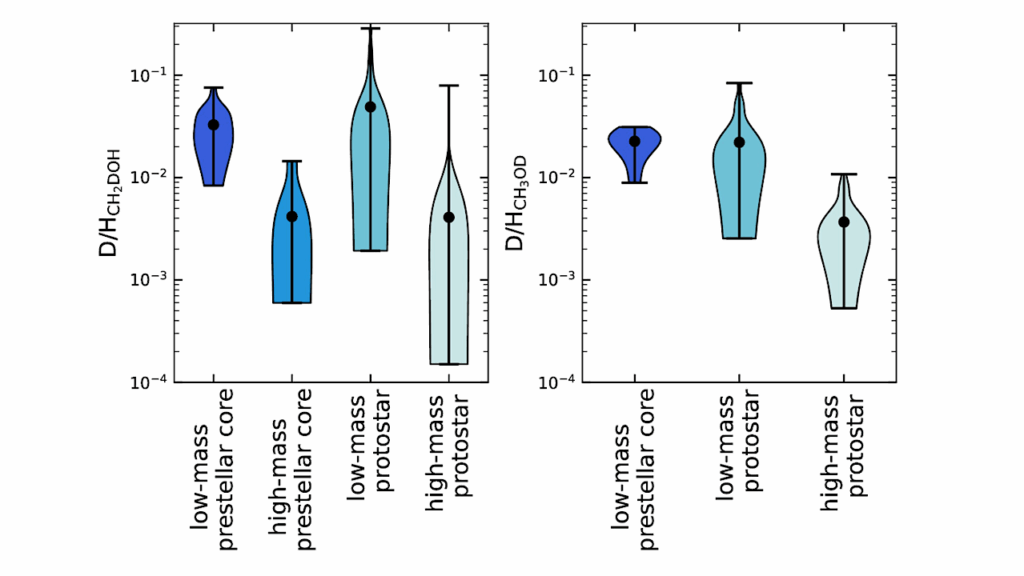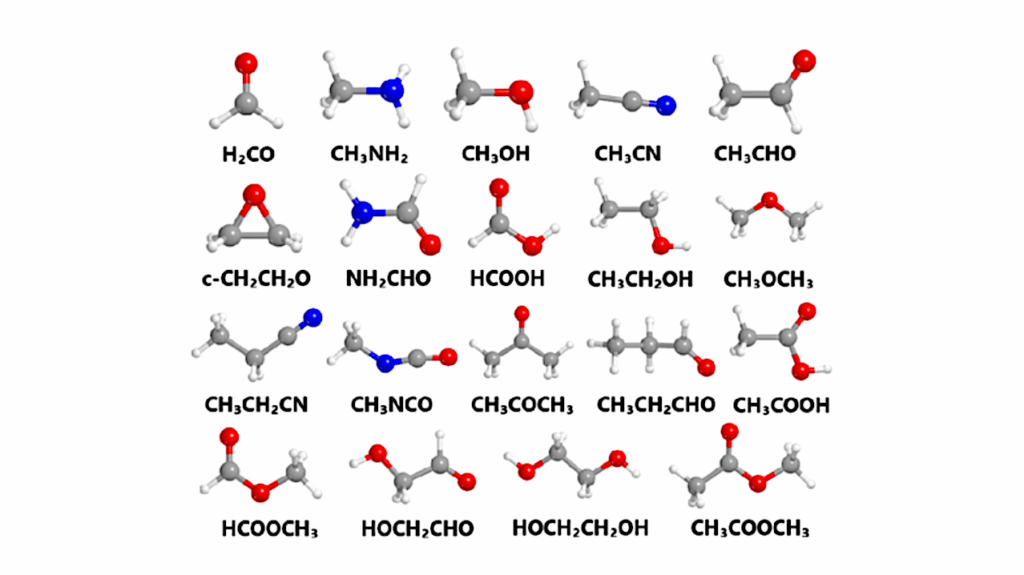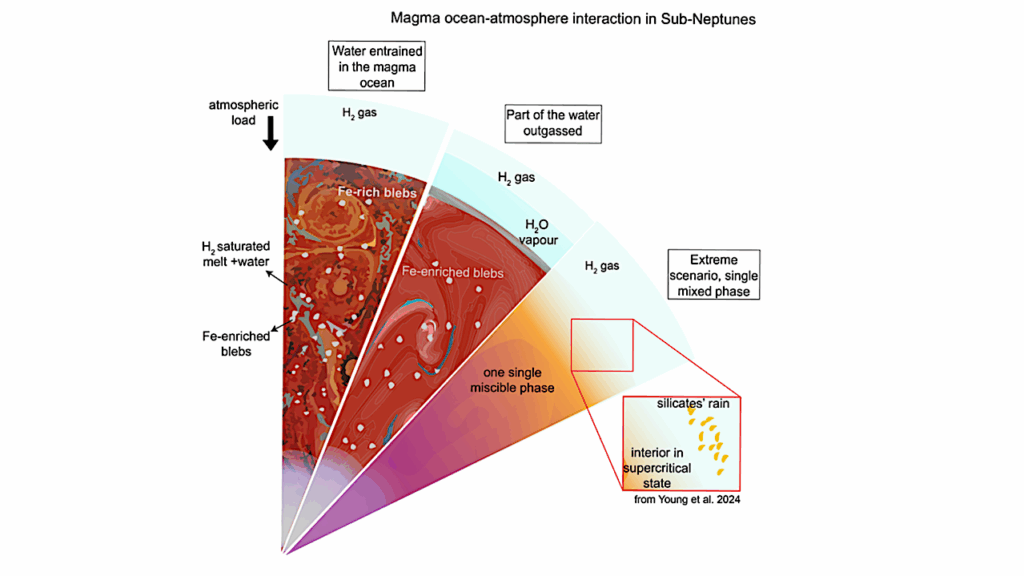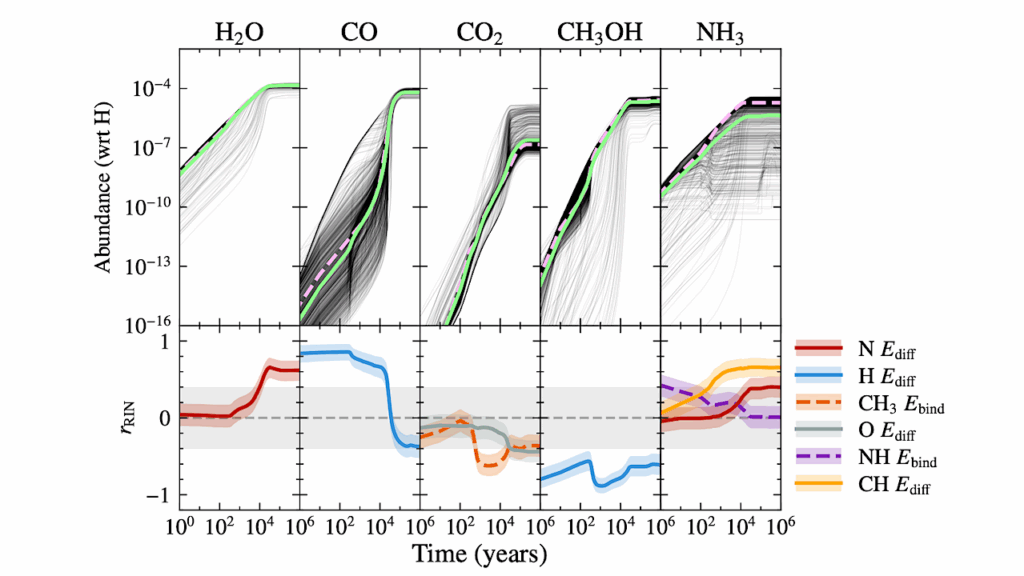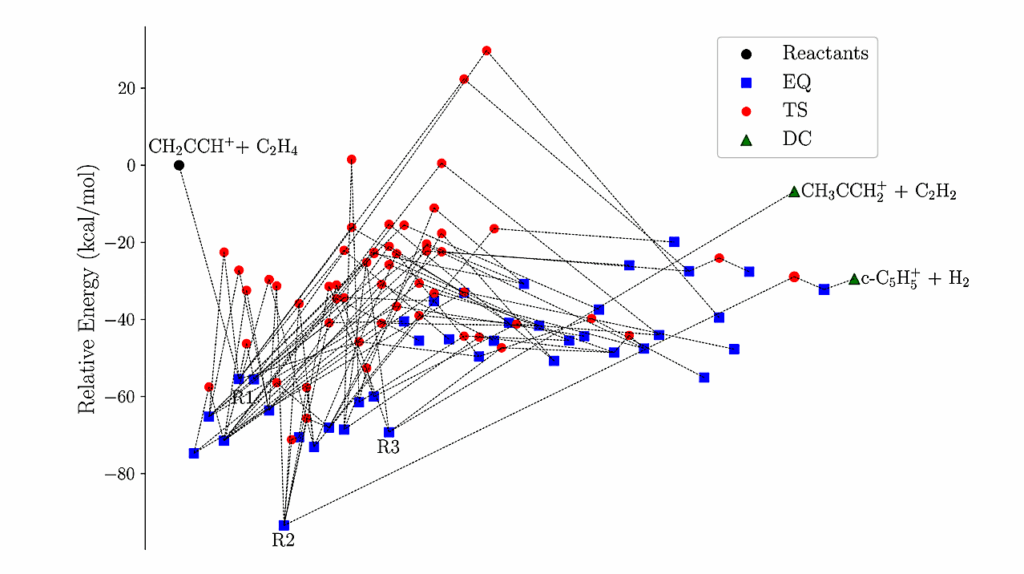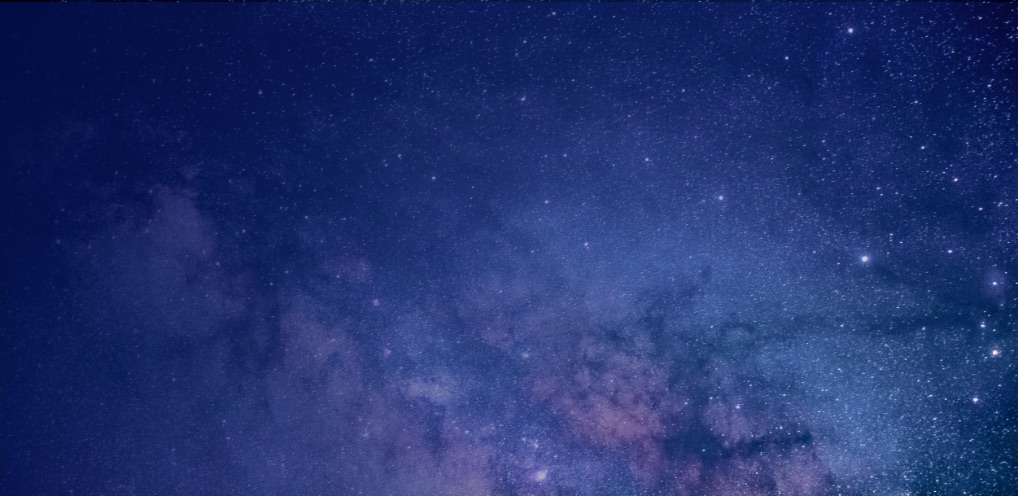A PR Drag Origin For The Fomalhaut Disk’s Pervasive Inner Dust

Recent JWST observations of the Fomalhaut debris disk have revealed a significant abundance of dust interior to the outer planetesimal belt, raising questions about its origin and maintenance.
In this study, we apply an analytical model to the Fomalhaut system, that simulates the dust distribution interior to a planetesimal belt, as collisional fragments across a range of sizes are dragged inward under Poynting-Robertson (PR) drag. We generate spectral energy distributions and synthetic JWST/MIRI images of the model disks, and perform an extensive grid search for particle parameters — pertaining to composition and collisional strength — that best match the observations.
We find that a sound fit can be found for particle properties that involve a substantial water ice component, around 50–80% by total volume, and a catastrophic disruption threshold, Q⋆D, at a particle size of D≈30um of 2–4×106erg/g. Based on the expected dynamical depletion of migrating dust by an intervening planet we discount planets with masses >1MSaturn beyond ∼50au in the extended disk, though a planet shepherding the inner edge of the outer belt of up to ∼2MSaturn is reconcilable with the PR-drag-maintained disk scenario, contingent upon higher collisional strengths.
These results indicate that PR drag transport from the outer belt alone can account for the high interior dust contents seen in the Fomalhaut system, which may thus constitute a common phenomenon in other belt-bearing systems. This establishes a framework for interpreting mid-planetary system dust around other stars, with our results for Fomalhaut providing a valuable calibration of the models.
A PR Drag Origin For The Fomalhaut Disk’s Pervasive Inner Dust: Constraints On Collisional Strengths, Icy Composition, And Embedded Planets
Max Sommer, Mark Wyatt, Yinuo Han
Subjects: Earth and Planetary Astrophysics (astro-ph.EP)
Cite as: arXiv:2503.18127 [astro-ph.EP] (or arXiv:2503.18127v1 [astro-ph.EP] for this version)
https://doi.org/10.48550/arXiv.2503.18127
Focus to learn more
Submission history
From: Maximilian Sommer
[v1] Sun, 23 Mar 2025 16:16:58 UTC (3,140 KB)
https://arxiv.org/abs/2503.18127
Astrobiology,



